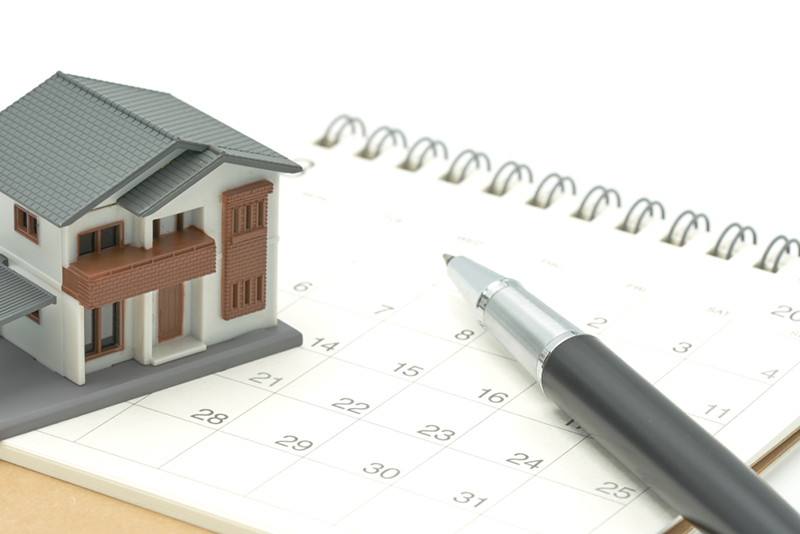How To Ensure Your Mortgage Is The Right Length (Even If You’ve Had It For Years)

Owning a home has always been the American dream, and for most of us, that house comes with a lawn, a garage and a mortgage payment. Smart homeowners consider their mortgage loan carefully, since it will likely be part of their monthly budget for a really long time.
One of the most important things to look at when purchasing a home is the length of the loan. How much are you comfortable paying each month? What are your future plans? Retirement may be closer than you think, especially if you are considering a mortgage payment that will be with you for the next 30 years. These are all factors to consider as you choose the right mortgage loan for your lifestyle.
Fortunately, a home loan is seldom a one-size-fits-all proposition. Instead, a good mortgage lender will work with you to put together a loan that best fits your current budget, your future plans and your individual approach toward debt. At First United Bank, for example, lenders get to know each homeowner personally so that they can tailor a mortgage to their unique needs.
Here are a few things to consider about the length of your mortgage as you start putting one together.
(1) Choose The Right Length
The most common home loan length in the United States is 30 years, and that’s mainly because young homeowners decide that they can’t afford the higher monthly payments that come with a 15-year mortgage (the second most popular length). In general, personal finance experts suggest that you look at a 15-year term first. If you can make the payments, you will save a lot of money on interest as you buy your home. However, if you decide that a 15-year loan is simply not in your budget, then a 30-year term is a great option. However, did you know that technically you can customize the term of your mortgage loan to almost any length? If a 20-year loan makes more sense for your situation, then explore it with your lender. Is it possible to pay off your house in 10 years? Then why take a longer loan? It’s your mortgage, and a good lender will build it to maximize your resources.
(2) Make Bi-weekly Payments
Sometimes reducing the length of your loan is as simple as adjusting how you pay on it. Just because you have a 30-year loan doesn’t mean that you need to take 30 years to pay it off. A recent trend has borrowers making bi-weekly payments rather than monthly ones. This schedule comes with two advantages. First, it’s easy to get the hang of smaller, more manageable payments, and second, you pay your loan off faster. How? Let’s look at a bi-weekly schedule. Rather than making a full payment each month (which would be the equivalent of 24 half payments), you will make 26 half-payments a year. Those two extra half-payments essentially mean that you are making 13 monthly payments a year rather than 12, and because that extra money almost always goes against your principal (the money you owe before interest), it can take years off of the term of your loan.
(3) Make Extra Payments
If you can’t swing bi-weekly payments, you can always just save up during the year and make one extra payment at the end. Of course this plan comes with the temptation to spend that money rather than saving it, but some people thrive with this more flexible system. For example, let’s say that your employer gives you a substantial bonus at the end of the year. That makes it the perfect time to put some extra money toward your mortgage. Each time you do so, you reduce the length of your loan (sometimes significantly), and that’s a bonus in and of itself.
Don’t settle for a mortgage that’s longer or shorter than you need. Choose an innovative lender like First United Bank and collaborate with them on a loan that’s just the right length for you and your budget.